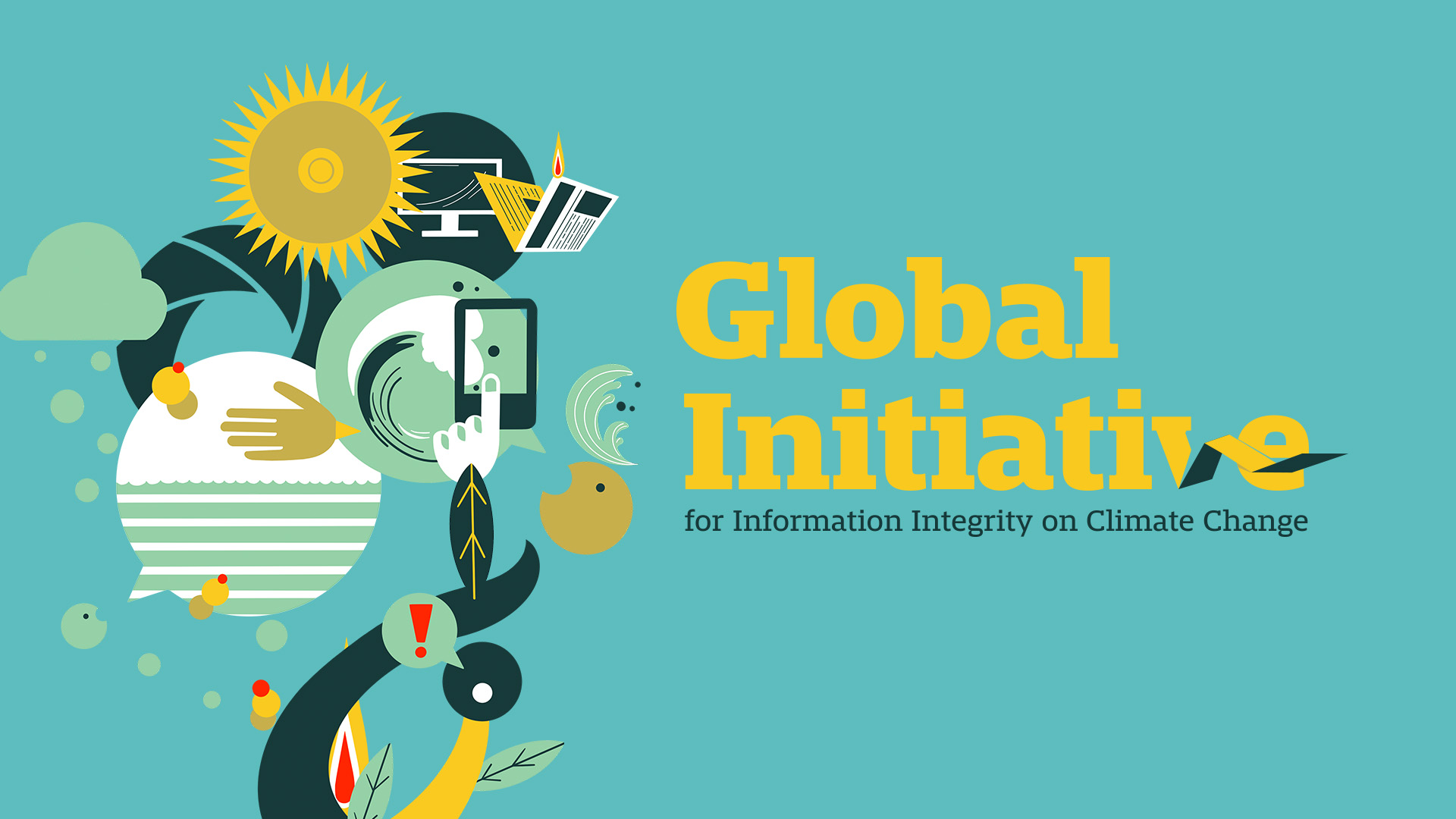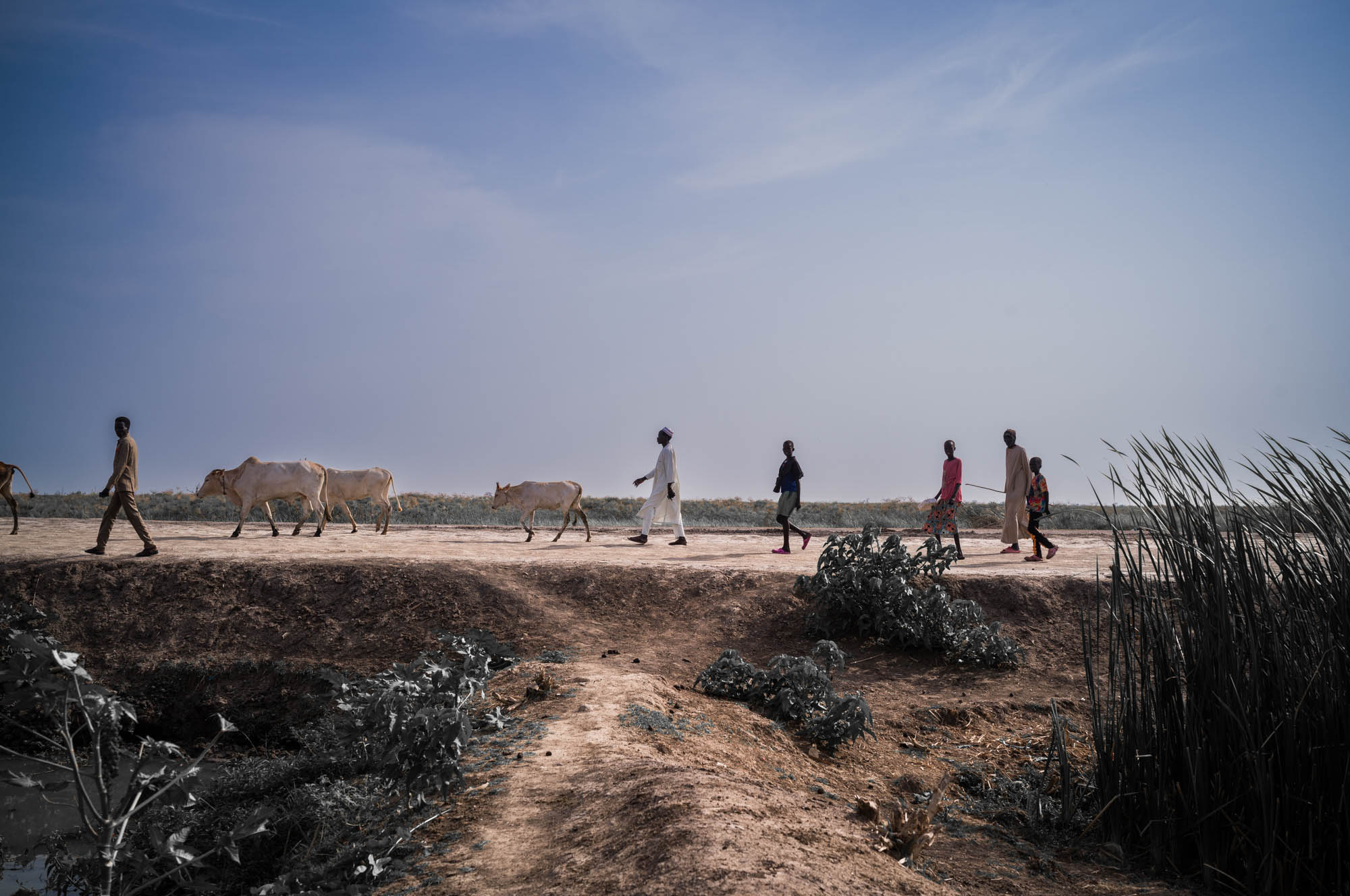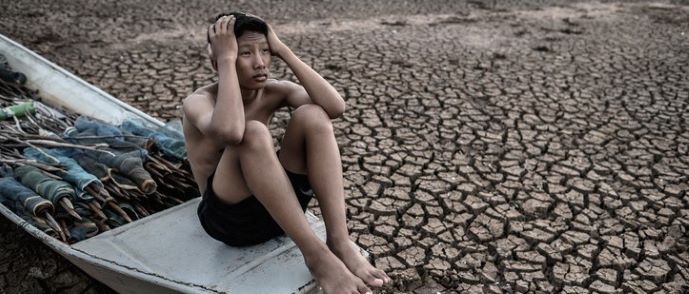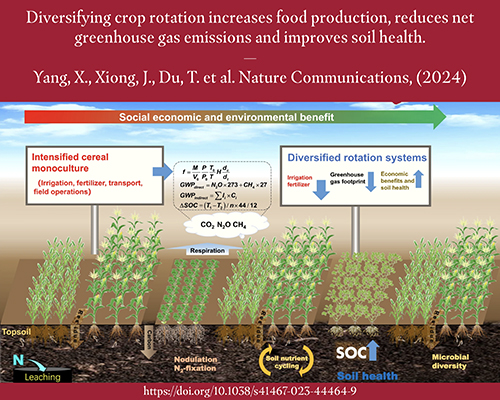
Sustainable Development Goals (SDGs)
Introduction
The Sustainable Development Goals (SDGs) are a set of 17 global goals established by the United Nations (UN) in 2015. They aim to address various social, economic, and environmental challenges faced by countries around the world.
Significance of SDGs
The SDGs play a crucial role in guiding countries towards sustainable development. They provide a framework for governments, organizations, and individuals to work together and take action to achieve a more sustainable future.
The 17 SDGs
- No Poverty
- Zero Hunger
- Good Health and Well-being
- Quality Education
- Gender Equality
- Clean Water and Sanitation
- Affordable and Clean Energy
- Decent Work and Economic Growth
- Industry, Innovation, and Infrastructure
- Reduced Inequalities
- Sustainable Cities and Communities
- Responsible Consumption and Production
- Climate Action
- Life Below Water
- Life on Land
- Peace, Justice, and Strong Institutions
- Partnerships for the Goals
Implementing the SDGs
To achieve the SDGs, it is essential for countries to integrate them into their national development plans and policies. This requires collaboration between governments, civil society, and the private sector.
Progress and Challenges
While progress has been made towards achieving the SDGs, challenges still remain. These include inadequate funding, lack of awareness, and the need for stronger partnerships and innovative solutions.
Conclusion
The SDGs provide a roadmap for sustainable development and offer a vision for a better future. By working together and taking action, we can create a world where poverty is eradicated, hunger is eliminated, and the environment is protected for future generations.
SDGs, Targets, and Indicators
1. Which SDGs are addressed or connected to the issues highlighted in the article?
- SDG 2: Zero Hunger
- SDG 3: Good Health and Well-being
- SDG 6: Clean Water and Sanitation
- SDG 13: Climate Action
The article discusses the issues of hunger, malnutrition, lack of access to clean water, and the impact of climate change on food security. These issues are directly connected to SDG 2 (Zero Hunger), SDG 3 (Good Health and Well-being), SDG 6 (Clean Water and Sanitation), and SDG 13 (Climate Action).
2. What specific targets under those SDGs can be identified based on the article’s content?
- Target 2.1: By 2030, end hunger and ensure access by all people, in particular, the poor and people in vulnerable situations, including infants, to safe, nutritious, and sufficient food all year round.
- Target 2.2: By 2030, end all forms of malnutrition, including achieving, by 2025, the internationally agreed targets on stunting and wasting in children under five years of age, and address the nutritional needs of adolescent girls, pregnant and lactating women, and older persons.
- Target 3.4: By 2030, reduce by one-third premature mortality from non-communicable diseases through prevention and treatment and promote mental health and well-being.
- Target 6.1: By 2030, achieve universal and equitable access to safe and affordable drinking water for all.
- Target 6.2: By 2030, achieve access to adequate and equitable sanitation and hygiene for all and end open defecation, paying special attention to the needs of women and girls and those in vulnerable situations.
- Target 13.1: Strengthen resilience and adaptive capacity to climate-related hazards and natural disasters in all countries.
Based on the article’s content, these specific targets can be identified under the mentioned SDGs.
3. Are there any indicators mentioned or implied in the article that can be used to measure progress towards the identified targets?
Yes, there are indicators mentioned or implied in the article that can be used to measure progress towards the identified targets. Some of these indicators include:
- Percentage of population experiencing hunger or undernourishment
- Prevalence of stunting and wasting in children under five years of age
- Access to safe drinking water
- Access to adequate sanitation and hygiene
- Number of climate-related hazards and natural disasters
These indicators can be used to measure progress towards the identified targets by collecting relevant data and monitoring changes over time.
4. Table: SDGs, Targets, and Indicators
| SDGs | Targets | Indicators |
|---|---|---|
| SDG 2: Zero Hunger | Target 2.1: By 2030, end hunger and ensure access by all people, in particular, the poor and people in vulnerable situations, including infants, to safe, nutritious, and sufficient food all year round. | Percentage of population experiencing hunger or undernourishment |
| SDG 2: Zero Hunger | Target 2.2: By 2030, end all forms of malnutrition, including achieving, by 2025, the internationally agreed targets on stunting and wasting in children under five years of age, and address the nutritional needs of adolescent girls, pregnant and lactating women, and older persons. | Prevalence of stunting and wasting in children under five years of age |
| SDG 3: Good Health and Well-being | Target 3.4: By 2030, reduce by one-third premature mortality from non-communicable diseases through prevention and treatment and promote mental health and well-being. | N/A |
| SDG 6: Clean Water and Sanitation | Target 6.1: By 2030, achieve universal and equitable access to safe and affordable drinking water for all. | Access to safe drinking water |
| SDG 6: Clean Water and Sanitation | Target 6.2: By 2030, achieve access to adequate and equitable sanitation and hygiene for all and end open defecation, paying special attention to the needs of women and girls and those in vulnerable situations. | Access to adequate sanitation and hygiene |
| SDG 13: Climate Action | Target 13.1: Strengthen resilience and adaptive capacity to climate-related hazards and natural disasters in all countries. | Number of climate-related hazards and natural disasters |
Behold! This splendid article springs forth from the wellspring of knowledge, shaped by a wondrous proprietary AI technology that delved into a vast ocean of data, illuminating the path towards the Sustainable Development Goals. Remember that all rights are reserved by SDG Investors LLC, empowering us to champion progress together.
Source: grants.ca.gov

Join us, as fellow seekers of change, on a transformative journey at https://sdgtalks.ai/welcome, where you can become a member and actively contribute to shaping a brighter future.






